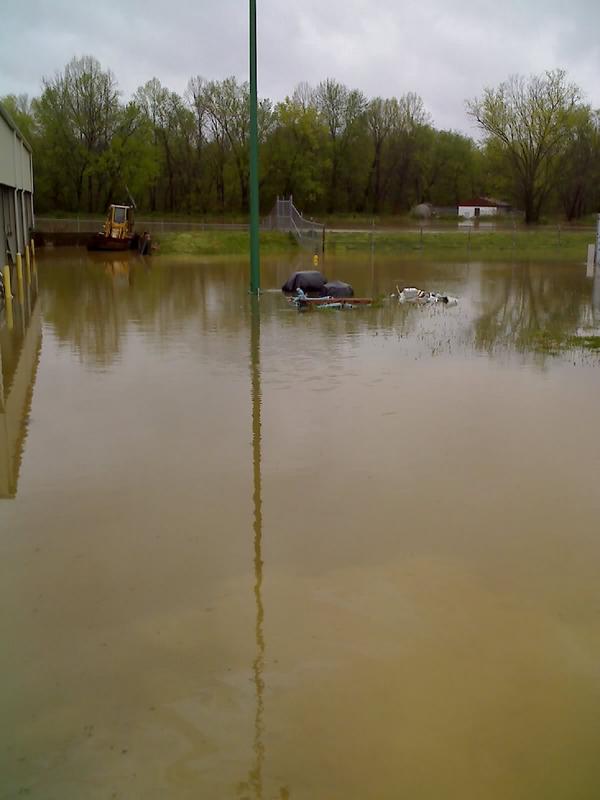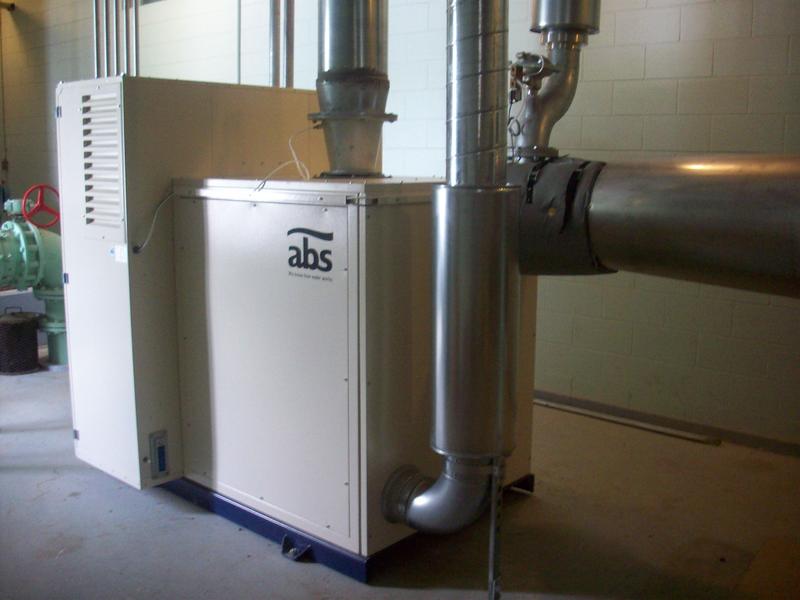On May 1, 2010 the Morehead Wastewater Treatment Plant (WWTP) was flooded to historical proportions. Over 9 inches of rain fell in the area within a 36-hour period and the entire WWTP was inundated with floodwater from Triplett Creek. The basement of the plant which houses almost all of the pumps and motors were covered with over 30 feet of water, most of the electrical system was destroyed, both clarifiers were damaged, the ATAD (digester) facility was disabled, the UV disinfection system was damaged, the aeration basin blowers were damaged, and one of the two screens was lifted from its base. Every basin was filled with floodwater and it was unknown what may have settled beneath the surface.
The recovery effort was divided into two phases. Phase 1 was an expedited effort to provide temporary power and temporary influent and effluent pumping. The plant proceeded for months simply moving water hydraulically through the basins. As various parts of the plant were restored, Eclipse Engineers and our team of engineers developed plans and specs (Phase 2) to be bid in order to completely restore the plant to its pre-flood condition as well as make some improvements in certain areas.
Other than the ATAD process, all major processes were in operation and the plant was meeting all permit requirements by September 2010. Redundant equipment was restored per the Division of Water and accounting records were organized per the direction of FEMA. The Phase 2 portion of the recovery was funded with a $3 million Fund A Loan issued by the Kentucky Infrastructure Authority. $1 million of the loan was forgiven due to federal stimulus at the time.
Various improvements made to the WWTP during the Phase 2 recovery were:
- A smaller (jockey) influent pump to reach lower flows and save energy
- A new magnetic bearing aeration blower was installed to eliminate a 4160v circuit, save energy, and reduce noise
- A new non-potable water system to be controlled with VFD’s
- A completely new SCADA system with over 500 trend settings
- Improvements to the ATAD system to save energy while producing Class A sludge



















